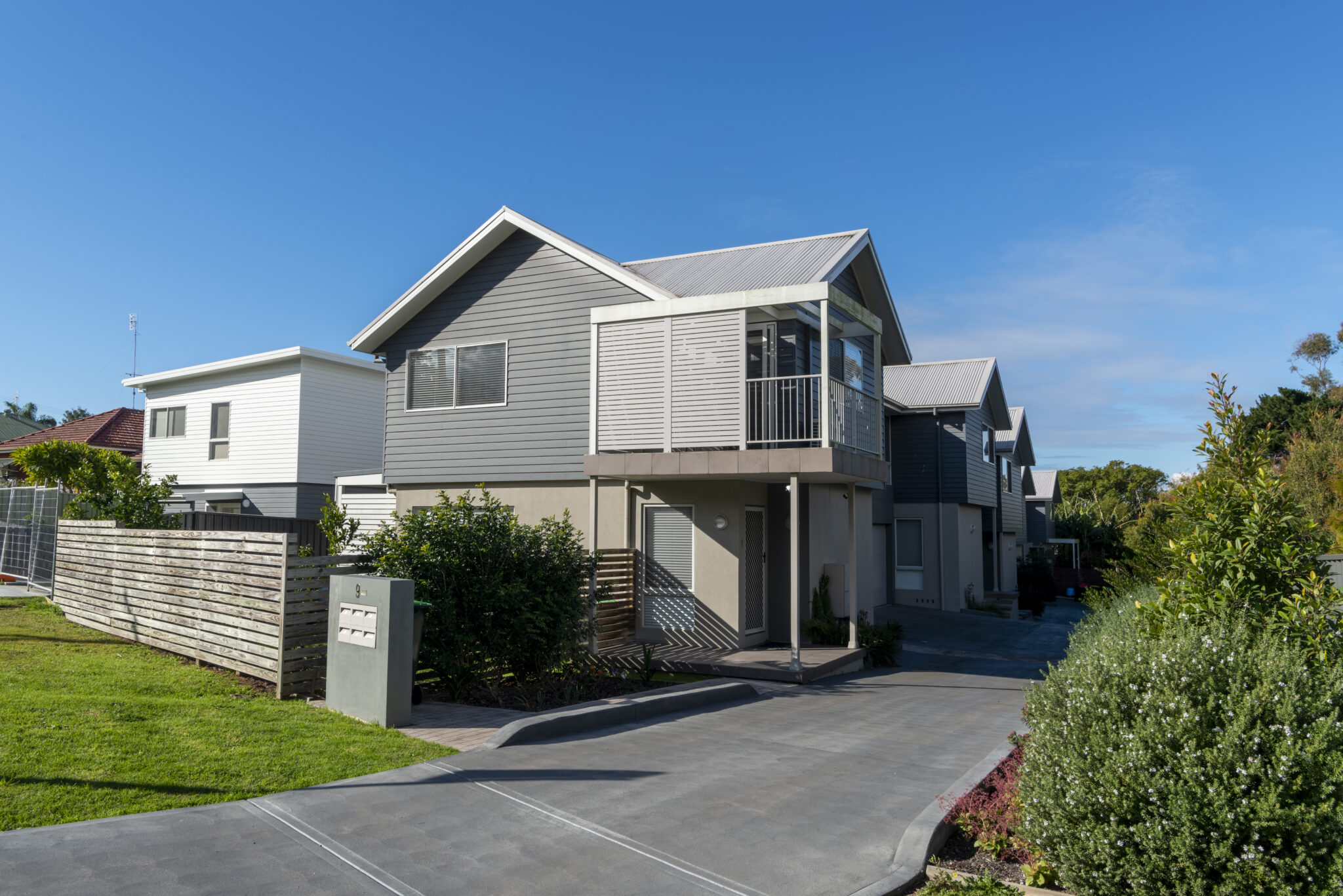Australia’s social and affordable housing sector was under pressure before the coronavirus recession, and is now being squeezed by rising demand and falling revenues.
More government-led social housing initiatives will not only address looming shortfalls in the sector, they will bring tangible social and economic benefits.
Even before COVID-19 there was a substantial unmet need for social and affordable housing. Ten-year wait times for social housing were not uncommon in key areas like Sydney and the Hunter region.
Yet this was before the pandemic impacted the economy, with rising unemployment and an expected greater need for social housing. There is a real likelihood the existing social housing backlog will worsen as these economic changes hit.
The evidence indicates that, without government stimulus, the private market won’t create new social housing stock because:
- you cannot charge market rent to social housing tenants;
- only community housing providers are eligible for Federal Government subsidies such as the Commonwealth Rent Assistance (CRA);
- even with the CRA and the rent you can charge social housing tenants, this still does not equate to full market rent;
- social housing tenancies are heavily regulated; and
- the costs associated with delivering the stock.
The social housing problem requires new stock to be delivered. Social housing tenants are not at the stage where they can afford to purchase a new home. Therefore, they cannot access the first home buyer scheme. Much of the old stock needs to be renovated.
The sector relies on government, and history shows several government initiatives have increased housing supply, with different advantages and disadvantages.
In New South Wales, the Social and Affordable Housing Fund (SAHF) was an effective project to stimulate the creation of additional stock. All of the tender packages were taken up and those houses are in the process of being constructed and delivered to the market.
One of the disadvantages with the SAHF is the fairly high level of risk that was put on to community housing providers and their partners.
The Victorian Social Housing Growth Fund was similar to SAHF but delivered a slightly less risky model for the tenderer. Both have been relatively effective.
Other effective models include the Communities Plus model, which usually involves government contributing land to community housing providers and private developers to develop stock, and the National Rental Affordability Scheme, which encouraged private developers to create stock in exchange for tax incentives and other payments.
Navigating the coronavirus recession for 2020 and beyond
With COVID-19-induced job losses and economic challenges, there is a greater number of tenants in the social and affordable housing categories who can’t pay their rent.
The impact has been to reduce rent payable to community housing providers. This creates challenges for providers as they come to the end of the financial year, because they will be reporting to the Community Housing Registrar against some fairly tight financial metrics and a reduction in cashflow could impact on their final report to the Registrar.
Government subsidies could support the community housing providers and help cover those rent reductions, though none have been forthcoming as yet.
New government projects for the second half of the 2020 calendar year could increase a provider’s revenue, create more social infrastructure, and have an economic benefit.
Social housing projects are an ideal way to both support the community housing sector, create new stock, which is already in high demand and likely to be in greater demand, and also stimulate the economy.
More funds could be coming into the sector following the recent bond issue by the Federal Government’s National Housing Finance and Investment Corporation (NHIFIC), which raised $562 million to give social housing providers access to cheaper capital – this was NHIFIC’s third and largest bond issue, with the previous issue raising $315 million in November 2019.
However, the new bond issue does not solve the problem of how community housing providers can borrow more from NHIFIC when they may have already exhausted available equity in their businesses.
This problem may be able to be fixed by NHIFIC offering project finance style funding for specific government social housing projects.
But government will need to drive several new initiatives in the sector to manage looming shortfalls and address the coronavirus squeeze on social housing. I hope to see more projects in the space during the second half of 2020, which would be a great initiative from government.
Katrina Reye and the Hall & Wilcox team have been involved in several social housing and National Disability Insurance Scheme projects across Australia, and will continue to support projects which create more social housing.






